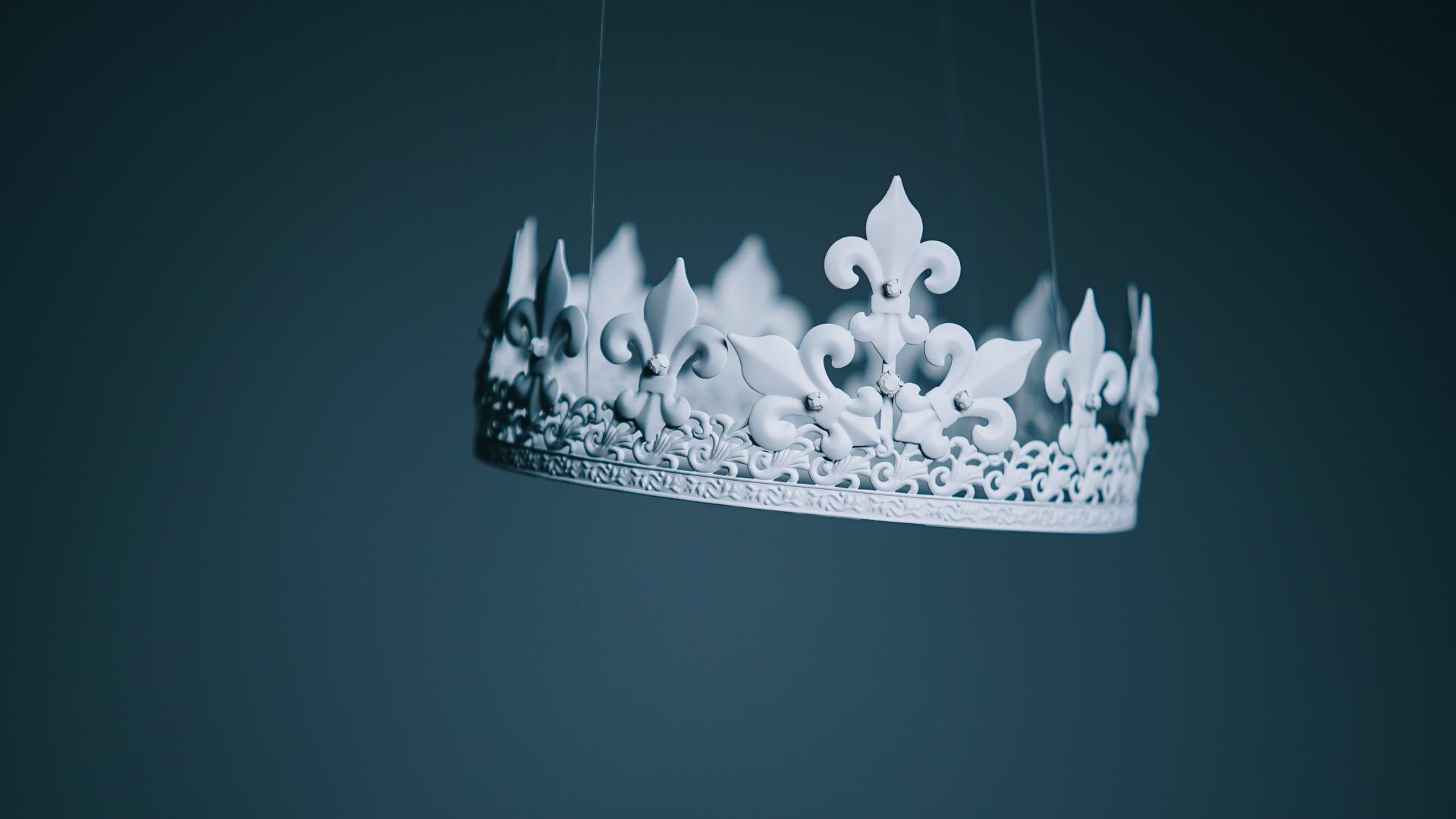There has been quite a bit of recent discussion about whether having a royal patron actually makes any difference (https://www.civilsociety.co.uk/news/majority-of-uk-charities-with-royal-patrons-had-zero-public-engagements-with-them-last-year.html). There is no doubt that, done well, royal involvement can make a real difference to charities and causes. However, looking at the royal family they have adopted a complete range of strategies for their charity involvement. Our analysis reveals five distinct strategies that the royal family uses.
Causes not charities
Prince William and Harry have both tended to support causes first and foremost. In the case of Prince William its mental health and wildlife (both along with his brother), homelessness, and young people to name but a few. In the case of Prince Harry its armed forces charities, sports and a few others. While they have both become patrons of particular charities, these have typically been secondary to the cause, or followed from it. Their wives have also followed in this pattern, with Meghan being particularly interested in women’s rights, domestic violence and Kate supporting families and mental health in particular. They have kept their number of commitments fairly limited and would appear to make a real difference.
Backroom cheerleader
There is no doubt that a royal visit is a major boost for many charities and nobody typically does more of those each year than Princess Anne. While she has a number of causes she cares deeply about, (horses being one example) she usually does the most visits of any royal (except in 2019 it seems). Unlike her older brother she doesn’t appear to have started any charities but has just become a supporter of many through her visits, speeches and patronage.
Korean Chaebol[1]
Prince Charles has a whole cluster of charities with which he is intimately associated. They even have their own website (https://www.princeofwales.gov.uk/prince-waless-charities - and notice how they are billed as ‘his’ charities). Many of these charities have been started by the Prince or are intimately associated with him. Indeed, my small amount of contact would suggest that Prince Charles has power over these charities that is far in excess of his legal authority, given that he is rarely a trustee (‘No major decision gets made without the agreement of HRH’ is how one insider put it to me). The power of the royal connections and patronage is widely used for fundraising, though whether the same could be said for use of the governance code is another matter.
Mixing charity and business
When the Jeffrey Epstein scandal broke over Prince Andrew, it illuminated some of the more questionable aspects of his work with charities. So, while the Prince has supported a number of causes, often associated with business and entrepreneurship such as ‘Pitch at the Palace’, the charitable and regulatory foundation of these have not all survived detailed scrutiny. Pitch at the Palace was controlled by a profit-making company which posted profits of half a million pounds to March 2019. One of his charities returned their accounts late. In June of this year the Charity Commission ordered £350,000 that was paid to a trustee of his foundation to be returned. As a model for charitable support there is little to recommend this approach.
Homeopathic patronage
The Queen is patron of over 500 charities. If she visits one every day it would take over 18 months to visit them all – longer if we exclude weekends. At least with all the previous strategies its clear the kind of causes that the royal actually supports. With the queen it’s not at all that clear what causes are close to her heart – we can guess but there isn’t the same kind of clear track record of starting charities or supporting a cluster of charities in a particular sector. This may be the price of being monarch, and having some patronages that come with the day job. The problem is that it’s hard to say that the Queen make a real difference to charities, except for those she specifically visits: which may only be a few in any given year.
Which of these is most effective is the big question?
Well the last two have little to recommend them. The Queen is quite simply spread too thin, and turning up is not the same as making a difference, especially over the long term. Being seeing to be committed to a cause is also important, and mixing royal gain and charitable patronage is not a good look.
The downside of Prince Charles’ approach is that his involvement is key, and what happens when he becomes monarch? Will he be able to remain the lynchpin at the centre of the spider’s web (to mix my metaphors)? While there is no doubt that Prince Charles is hugely committed to a number of causes, the charitable structure is less clearly resilient.
Through all of these strategies the personal, selfless, commitment and interest, royal or no royal, is vital. This is why the approaches of Princess Anne, and Princes William and Harry appear to work so well. No one doubts their personal interest. They clearly know a lot about the issues they care about. They support and strengthen existing charities much of the time, rather than a default of starting from scratch. It is for these reasons that the first two strategies for royal support outlined are probably the most effective and the most durable for those charities involved.

